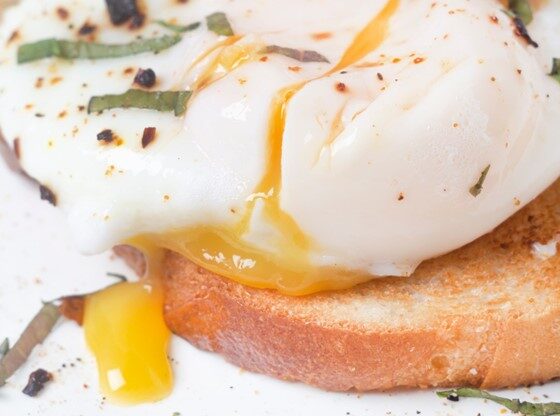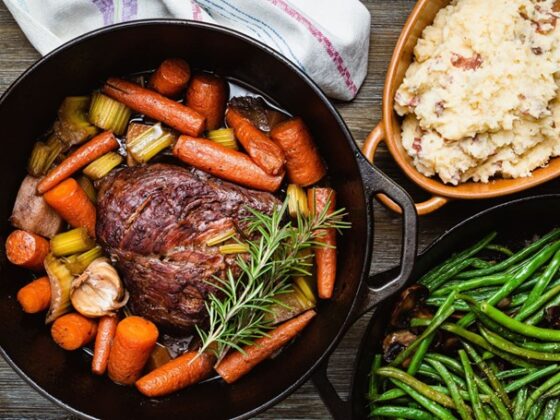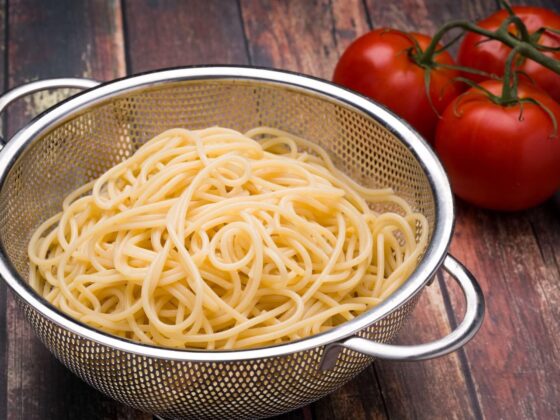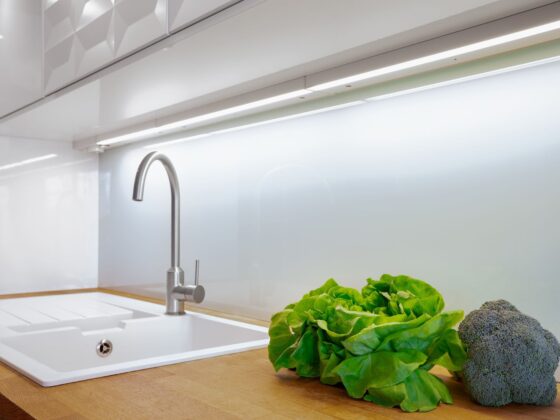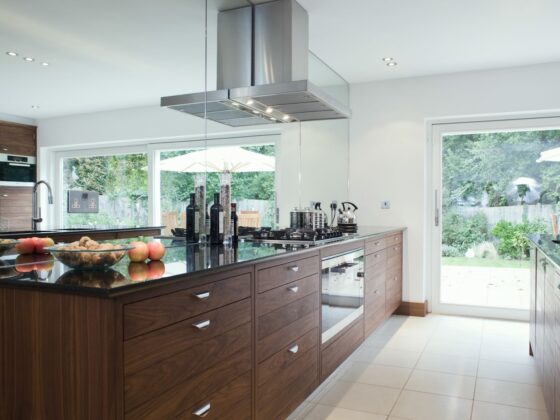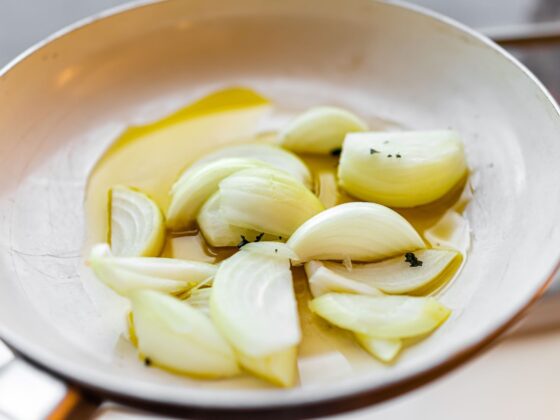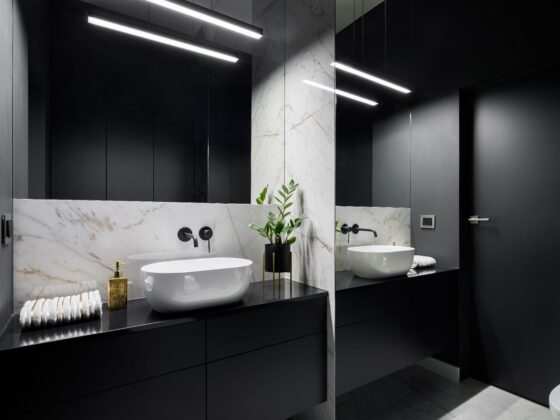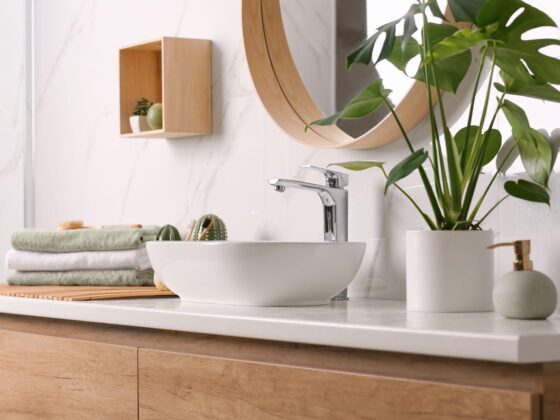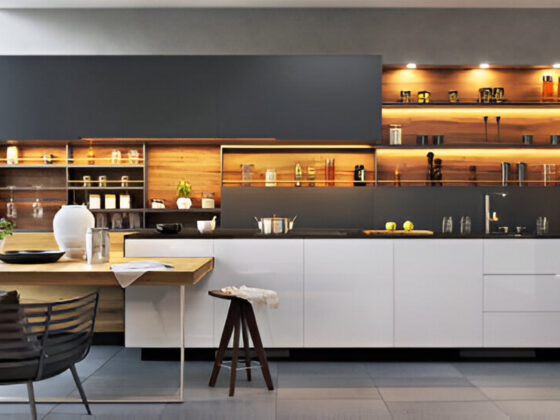Ah, the kitchen cabinets. They hold the potential for cooking magic, but all too often, they morph into a cluttered abyss. Lost spices, forgotten Tupperware, and rogue cans of beans lurking in the back – sound familiar? Fear not, fellow food lovers! Bringing order to your kitchen cabinets is easier than you think, and the benefits are downright delicious.
Picture this: You need a quick ingredient for your signature dish. Instead of rummaging through an avalanche of mismatched containers, you effortlessly grab it from its designated spot. Everything is neatly organized, accessible, and visually pleasing. Sounds like a dream, right? Well, just a few organizing steps are a reality away.

Why Organize? The Benefits Speak for Themselves:
- Stress-free Cooking: No more frantic searches for that elusive jar of capers. Knowing exactly where everything is saves precious time and mental energy, allowing you to focus on creating culinary masterpieces.
- Reduced Food Waste: Expired spices and forgotten ingredients become a thing of the past. With clear visibility, you will use what you have, preventing unnecessary purchases and food waste.
- Enhanced Safety: Heavy pots and sharp knives should not be teetering precariously. Proper organization ensures safe and easy access to all your kitchen essentials.
- Aesthetics with a Purpose: A well-organized pantry is a thing of beauty! Seeing neatly labeled containers and categorized items creates a calming and inviting atmosphere in your kitchen.

Kitchen Cabinet Organizing Ideas
Let us check some kitchen cabinet organizing ideas:
- Declutter with Efficiency: Start by decluttering. Expired items, unused gadgets, and chipped mugs have no place in your new, organized haven. Donate, sell, or recycle what does not spark joy.
- Group and Categorize: Similar items belong together! Group spices by type, baking supplies by function, and canned goods by category. This makes finding what you need a breeze.
- Utilize the Power of Containers: Clear containers with labels are your new best friends. They transform a jumble of packages into a visually appealing and organized system.
- Embrace Vertical Space: Do not underestimate the power of shelves and risers. Utilize vertical space to maximize storage and keep frequently used items within easy reach.
- Do not forget the doors: The back of cabinet doors is prime real estate for hanging organizers to store spices, utensils, or recipe cards. Every inch counts!
Effective organization in the kitchen begins with the heart of every culinary space: the cabinets. Starting with arranging dishes and glasses sets the foundation for a well-organized kitchen, making meal preparation a breeze and streamlining your cooking process. Let’s dive into some expert tips for optimizing your cabinet space and creating a functional and visually appealing kitchen environment.
1. Keep regularly used items in reach: One of the golden rules of kitchen organization is to keep frequently used items within easy reach. Arrange your everyday dishes and glasses on lower shelves or in cabinets at eye level, making them readily accessible for daily use. This ensures that you can grab what you need quickly, saving time and hassle during meal preparation and serving.
2. Stack similarly sized items: When arranging dishes and glasses in your cabinets, group similar items together and stack them neatly to maximize space and maintain order. Stack plates of the same size together, placing larger plates at the bottom and smaller ones on top. Likewise, stack glasses and mugs of the same shape and size to conserve space and create a uniform appearance within your cabinets.

3. Stash less frequently used items higher up: Reserve higher shelves or upper cabinets for items that you use less frequently, such as specialty glassware or seasonal dishes. This prevents clutter and keeps your everyday essentials easily accessible without having to sift through rarely used items. Utilize step stools or reach extenders to access items stored on higher shelves safely.
4. Hang items under cabinets: Make use of the space under your cabinets by installing hooks or racks to hang cups, mugs, or small saucers. This not only frees up valuable shelf space but also adds a decorative touch to your kitchen decor. Hanging items under cabinets keeps them within reach while maximizing vertical space and reducing clutter on countertops and shelves.

Basic types of cabinets in the kitchen
- Base Cabinets: These cabinets sit on the floor and provide the primary storage space in the kitchen. They typically have doors and/or drawers and are used to store larger items such as pots, pans, small appliances, and dry goods.
- Wall Cabinets: Mounted on the wall above countertops or base cabinets, wall cabinets offer additional storage space and help maximize vertical storage in the kitchen. They are ideal for storing dishes, glassware, spices, and other smaller items.
- Tall Cabinets or Pantries: Tall cabinets or pantry cabinets are floor-to-ceiling units that offer vertical storage space for items such as food staples, brooms, mops, and cleaning supplies. They often feature shelves, drawers, or pull-out racks for efficient organization.
- Corner Cabinets: Designed to make use of corner spaces, corner cabinets are typically L-shaped or diagonal and feature special mechanisms such as lazy Susans or pull-out trays to maximize accessibility to items stored in the corners.
- Specialty Cabinets: These cabinets are designed for specific purposes and may include features such as built-in wine racks, spice racks, plate racks, or appliance garages for storing small kitchen appliances out of sight when not in use.
- Drawer Cabinets: Drawer cabinets feature multiple drawers of varying depths and sizes, providing convenient storage for utensils, kitchen tools, linens, and other small items. They are commonly found in base cabinets but may also be incorporated into other cabinet types.
- Open Shelving: While not technically cabinets, open shelving has become increasingly popular in modern kitchens for its aesthetic appeal and accessibility. Open shelves provide a place to display decorative items, cookbooks, and frequently used dishes, adding visual interest to the kitchen while keeping essentials within easy reach.

Move on to cookware and bakeware storage
Stock cabinets based on use in your space
When organizing cookware and bakeware, consider the layout and accessibility of your kitchen space. Keep frequently used items within easy reach, storing them in cabinets or drawers near your stove or food prep area. Reserve less accessible cabinets or higher shelves for items used less frequently or for seasonal cookware.

Place smaller items inside larger ones and stack flatter items
Maximize cabinet space by nesting smaller items inside larger ones and stacking flatter items, such as baking sheets or cutting boards, vertically. This reduces clutter and makes it easier to locate specific items when needed. Invest in adjustable dividers or organizers to create customized storage solutions that accommodate various sizes and shapes of cookware and bakeware.

Store heavy items in lower cabinets
To prevent accidents and strain on your back, store heavy pots, pans, and appliances in lower cabinets or deep drawers where they can be easily accessed without lifting them overhead. Use sturdy shelves or pull-out racks to support the weight of heavy items and ensure safe and convenient access.
Display pots and pans
Consider displaying your pots and pans on a hanging rack or wall-mounted hooks to free up cabinet space and add visual interest to your kitchen decor. Hanging pots and pans not only make them easily accessible but also showcase your collection and add a touch of rustic charm to your kitchen ambiance.

Wrapping up
Organizing food items in your kitchen cabinets is not just about tidiness; it is about preserving freshness, minimizing waste, and optimizing meal preparation. By following these expert tips, you can transform your cabinets into efficient and functional storage spaces that enhance your cooking experience.

Credit: Amanda Archibald
Organizing food items in your kitchen cabinets is essential for maintaining freshness, minimizing waste, and optimizing meal preparation. To start, choose cool, dark, and dry spaces for food storage to preserve quality. Arrange food items by size and type, grouping similar items together for easy access. Implement the “first in, first out” principle by moving older items to the front to prioritize their use before newer ones.
Additionally, repackage opened bulk food items into airtight containers to extend shelf life and prevent spoilage. By following these expert tips, you will not only create a well-organized kitchen but also cultivate healthier eating habits, save time and money, and reduce food waste. So take charge of your kitchen cabinets, declutter your pantry, and enjoy the benefits of a well-stocked and organized food storage space that enhances your culinary experience.
